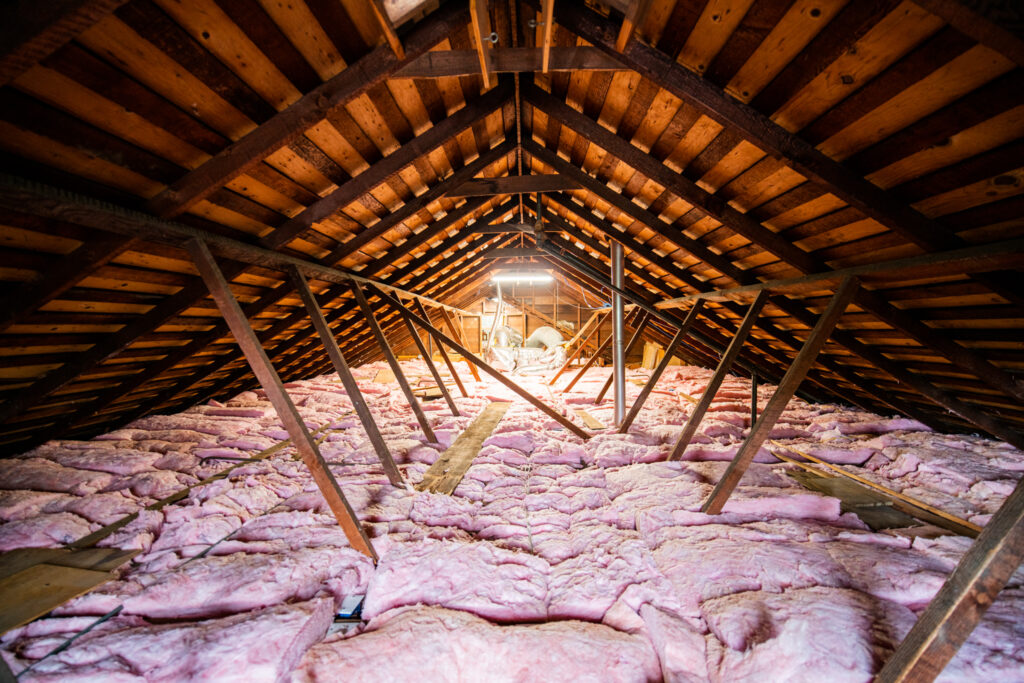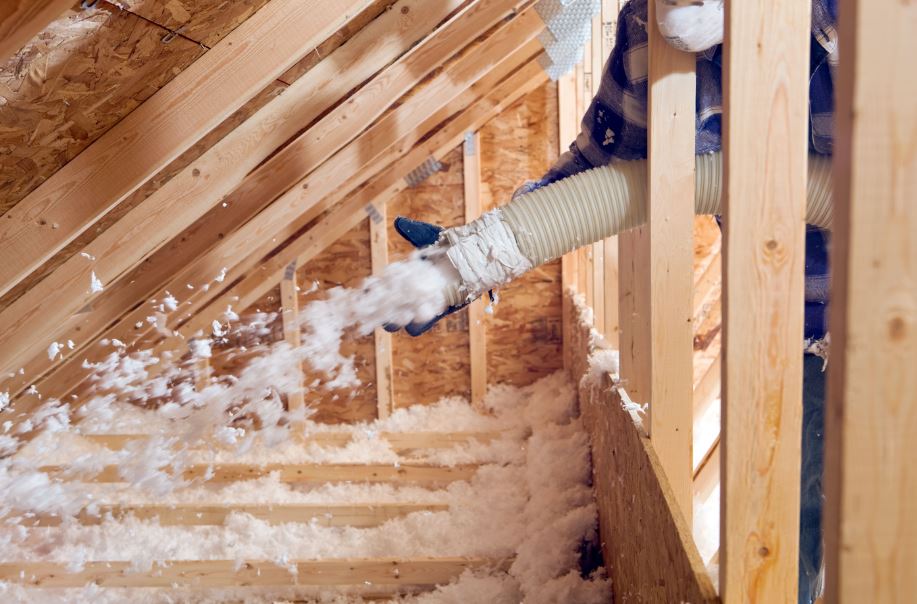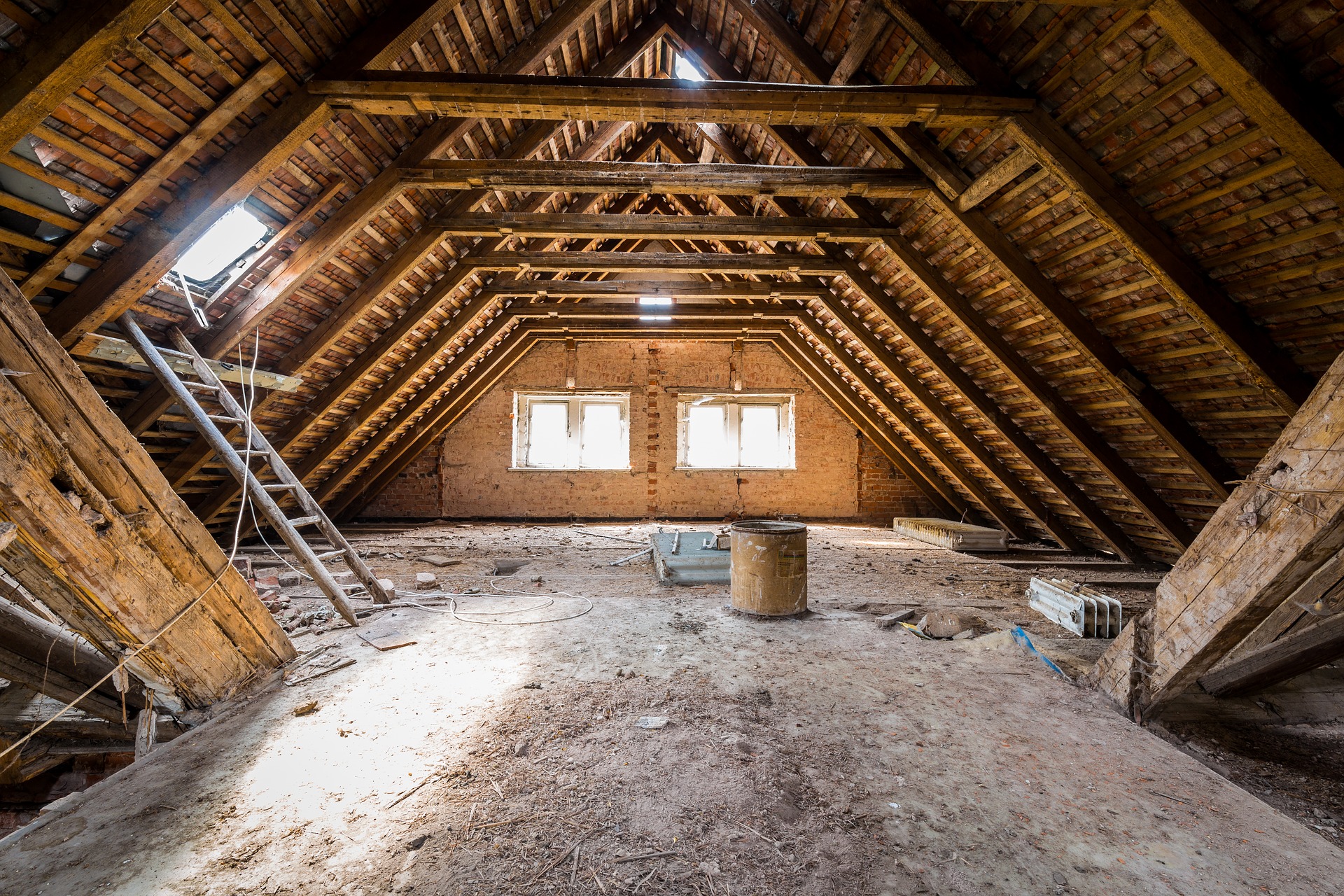Leading Benefits of Upgrading Attic Insulation DFW for Your Home Comfort
Leading Benefits of Upgrading Attic Insulation DFW for Your Home Comfort
Blog Article
Discover the Different Kinds Of Attic Insulation and Their Distinct Benefits for Your Home's Power Performance

Fiberglass Insulation
Fiberglass insulation is among the most frequently used products for attic room insulation due to its superb thermal performance and cost-effectiveness. Made up of tiny glass fibers, this product successfully catches air, creating a protecting barrier that aids preserve regular indoor temperature levels. Its high R-value per inch makes it particularly effective at standing up to heat transfer, which is important for energy preservation in homes.
Installment of fiberglass insulation is relatively uncomplicated, often offered in batts or loose-fill kinds, suiting various attic arrangements. In addition, it is immune and non-combustible to moisture, minimizing the threat of mold and mildew development. This longevity adds to its longevity, making fiberglass a feasible lasting financial investment for property owners.
Moreover, fiberglass insulation is often manufactured from recycled products, which improves its eco-friendliness. The product can likewise contribute to soundproofing, minimizing sound transfer between spaces. While it is crucial to put on safety equipment throughout installment to prevent irritation from the fibers, the overall benefits of fiberglass insulation, consisting of power savings and environmental considerations, make it a popular selection for enhancing attic performance and advertising a comfy living environment.
Spray Foam Insulation
Spray foam insulation is a highly reliable choice for attic insulation, understood for its remarkable air sealing and thermal performance. This cutting-edge insulation product is made up of a blend of isocyanate and polyol resin, which, when combined, expands swiftly to load spaces and dental caries in the attic area. Its ability to stick to numerous surface areas makes certain a constant barrier versus air leakages, dramatically lowering warm loss during chillier months and heat gain during warmer periods.
Among the key advantages of spray foam insulation is its high R-value per inch, which indicates it gives excellent thermal resistance in a reasonably thin application. This is particularly helpful in attics where room is commonly limited. In addition, spray foam can aid decrease moisture build-up, decreasing the risk of mold and mildew and mold growth, which can be harmful to both the framework and interior air quality.
While the preliminary cost of spray foam insulation might be greater than typical choices, its lasting power cost savings, coupled with boosted convenience and enhanced home worth, make it a rewarding investment for house owners seeking boosted power efficiency. Attic Insulation DFW. Generally, spray foam insulation stands out as an efficient solution for optimizing attic room insulation
Cellulose Insulation

Cellulose insulation is a prominent option for attic insulation, largely made up of recycled paper items treated with fire resistants. This eco-friendly choice is understood for its outstanding thermal performance, successfully minimizing warmth transfer in both summer season and winter season months. The dense make-up of cellulose permits it to load voids and voids in attic room areas, providing a smooth barrier against air leakages.
Among the considerable advantages of cellulose insulation is its ability to withstand mold and mildew and insects, owing to the fire resistant therapies utilized throughout manufacturing. Furthermore, it boasts a high R-value per inch, which translates into exceptional power efficiency. Homeowners can expect reduced heating and air conditioning expenses as an outcome of boosted insulation.
Setup is commonly achieved via blowing loose cellulose right into the preferred area, permitting a fast and efficient process. This technique additionally minimizes interruption to the existing framework. Cellulose insulation has a fairly reduced environmental impact, as its production process uses recycled products, adding to lasting structure techniques.
Rock Woollen Insulation
Amongst the various options for attic insulation, rock wool, likewise called mineral wool, stands apart because of its outstanding thermal and acoustic efficiency. Made from all-natural or recycled products, rock wool is produced by thawing rock and rotating it into fibers, leading to a product that uses exceptional insulation homes.
One of the substantial advantages of rock woollen insulation is its high R-value, which shows its performance in withstanding heat flow. This particular not only boosts power performance yet likewise adds to keeping a comfy indoor temperature year-round. Additionally, rock wool is naturally fireproof, making it a much safer option for homes as it can endure high temperatures without melting or launching hazardous fumes.
Additionally, rock woollen insulation succeeds in soundproofing capacities, properly reducing noise transmission in between spaces and from outside sources. Generally, rock wool insulation provides a detailed service for enhancing energy efficiency, safety and security, and convenience in household setups.
Glowing Barrier Insulation
Radiant obstacle insulation offers as an efficient option for minimizing heat transfer in attics, specifically in warmer environments. This sort of insulation jobs by showing radiant warm away from living areas, consequently decreasing the quantity of warm that goes into a home throughout warm climate - Attic Insulation DFW. Generally composed of a very reflective product, such as aluminum foil, radiant obstacles are set up in attic rooms, encountering the roofing system, where they can obstruct incoming heat from the sunlight
The key benefit of radiant obstacle insulation is its capability to lower air conditioning costs. By mirroring heat instead of absorbing it, radiant obstacles can help keep a much more secure interior temperature, decreasing the work on cooling systems. This performance translates into lower power bills and increased convenience for home owners.
Along with energy financial savings, radiant obstacles can additionally contribute to enhanced indoor air quality. By reducing warmth buildup, they aid reduce humidity degrees, which can stop mold Read More Here growth and boost general air flow. When set up properly, glowing obstacle insulation can be an indispensable addition to any type of energy-efficient home, making it a worthwhile factor to consider for homeowners aiming to improve their attic room insulation technique.
Final Thought
To conclude, understanding the different sorts of attic room insulation-- fiberglass, spray foam, cellulose, rock wool, and radiant obstacles-- allows property owners to make informed decisions concerning energy efficiency. Each insulation kind presents distinct advantages, such as remarkable thermal resistance, moisture monitoring, and audio attenuation. By choosing the appropriate insulation product, significant reductions in energy prices can be achieved, in addition to improvements in indoor find more information comfort. Inevitably, the best selection adds to a much more sustainable living atmosphere and promotes total energy conservation.

In conclusion, understanding the different types of attic insulation-- fiberglass, spray foam, cellulose, rock woollen, and radiant obstacles-- allows homeowners to make enlightened his response decisions relating to power efficiency.
Report this page